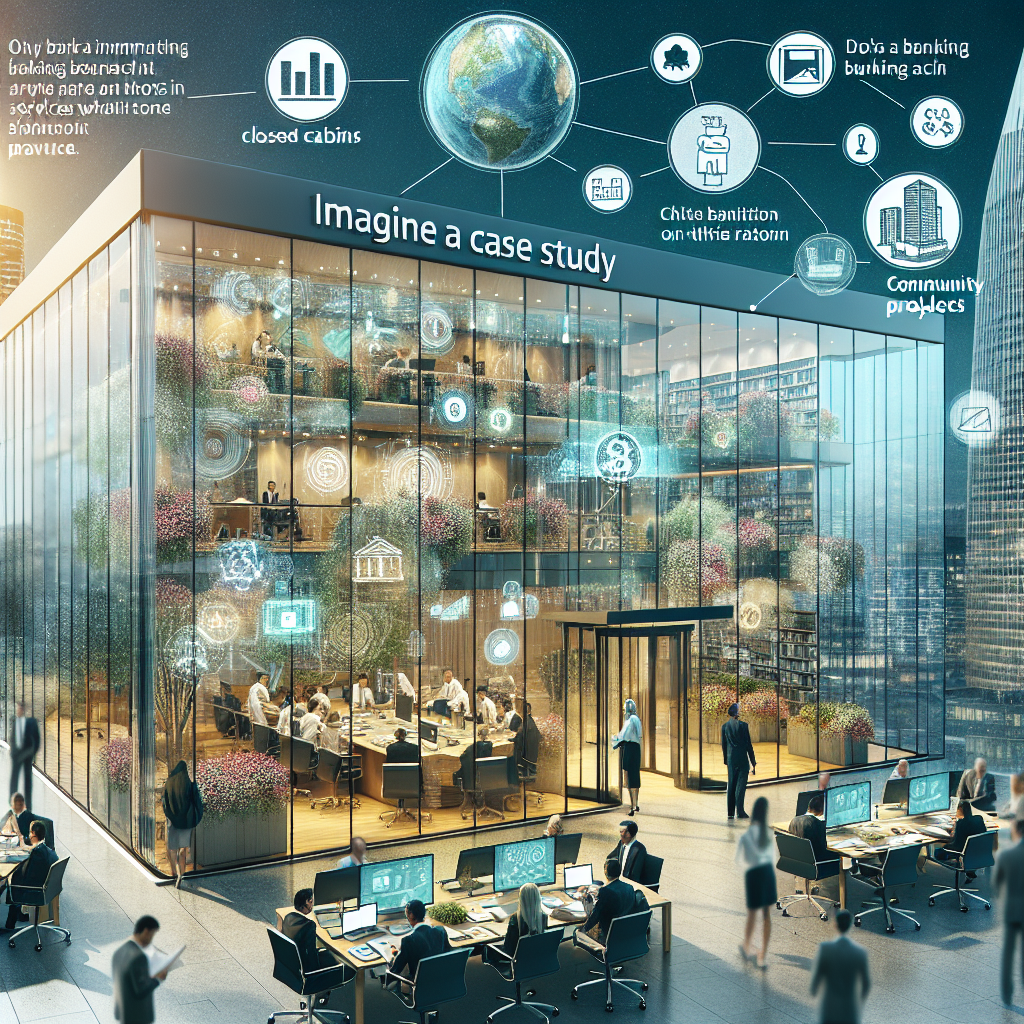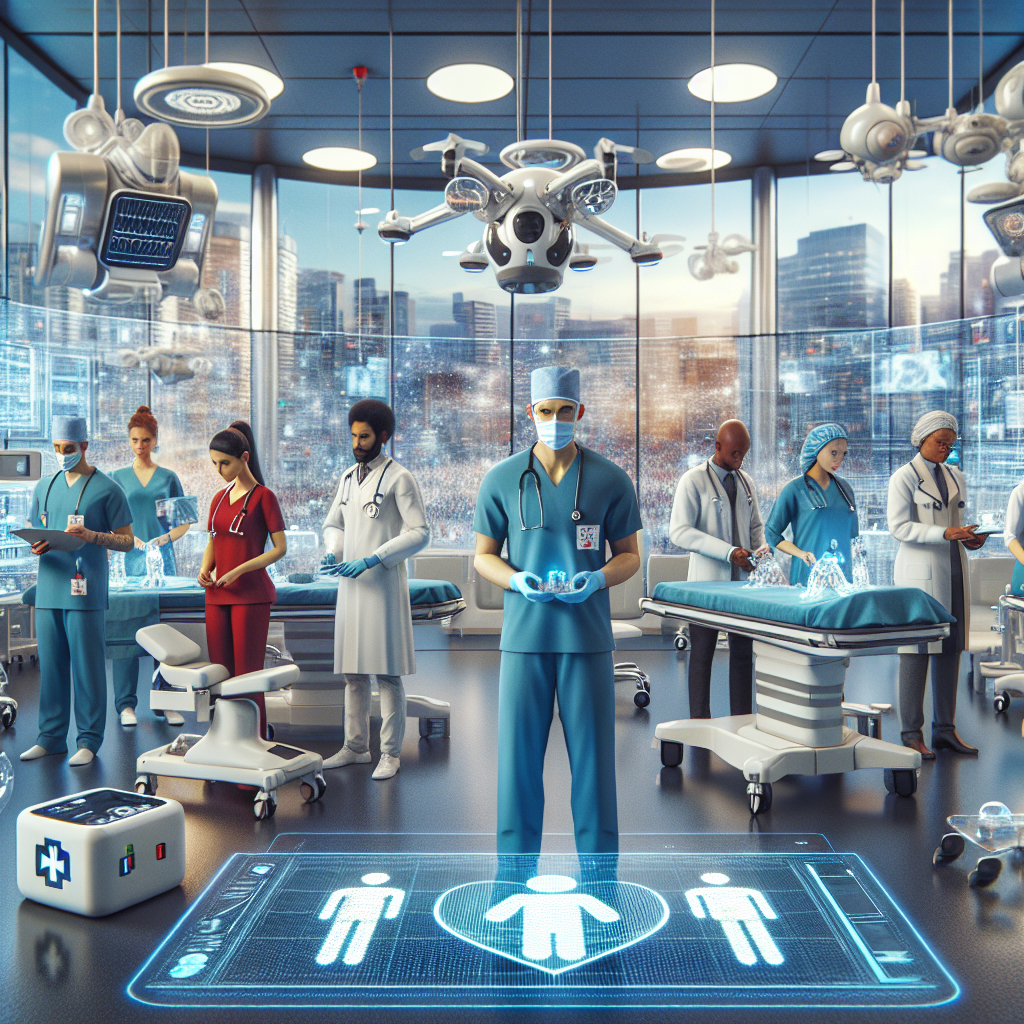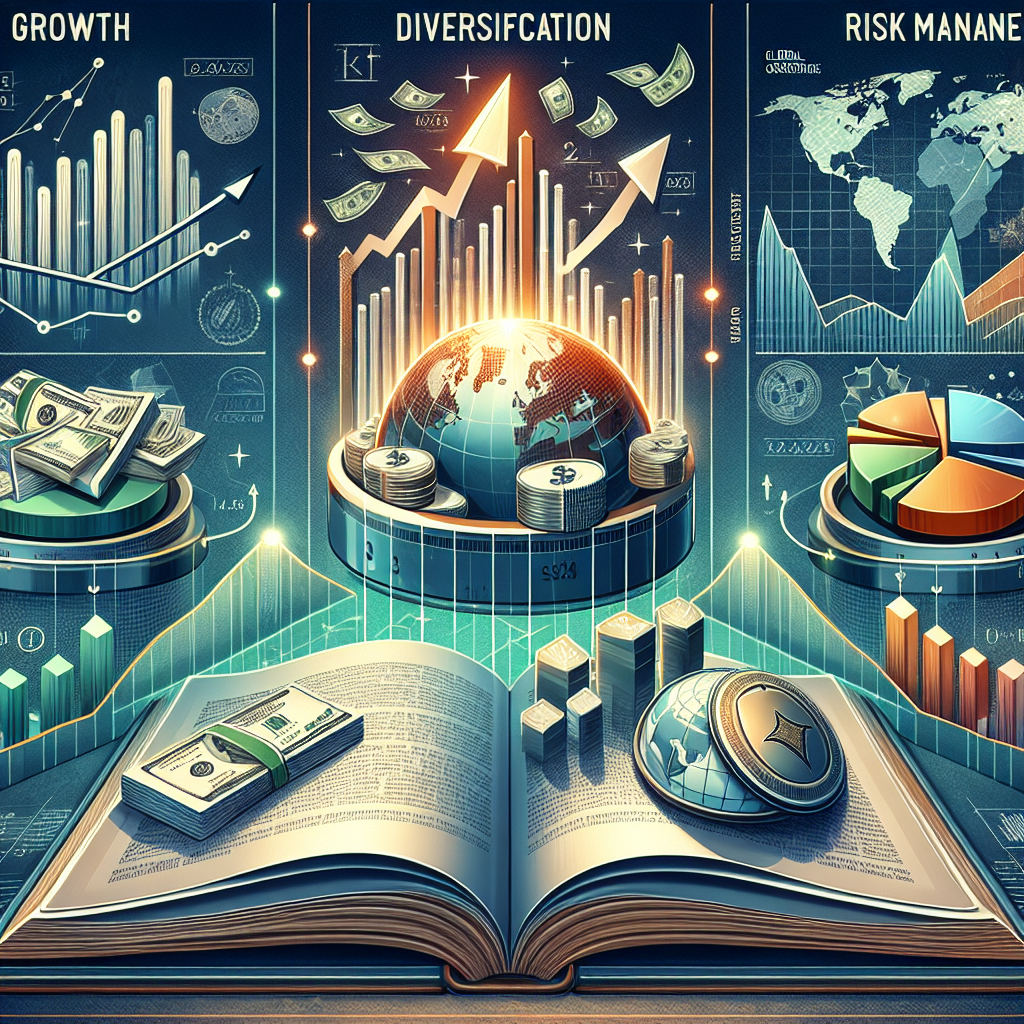Reflection on Scenarios & Strategic Foresight
Welcome to "Continuous Improvement," the podcast where we explore the mindset and strategies necessary for success in an ever-changing digital landscape. I'm your host, Victor, and in today's episode, we'll delve into the importance of continuous reflection and adaptation for digital leaders like ourselves.
As digital leaders, it's crucial for us to constantly engage in ongoing reflection. We cannot underestimate the future, and to remain ahead of the curve, we must remain open-minded, consider alternative approaches, and think from multiple perspectives.
One way to cultivate this mindset is by surrounding ourselves with people from diverse backgrounds. By doing so, we can suspend judgment, facilitating the discovery of creative and viable solutions. Instead of dismissing new ideas outright, we should challenge ourselves to welcome them, fostering an environment where innovation thrives.
It's tempting to settle into a comfort zone, relying on our expertise in our respective domains. However, approaching work with a beginner's mindset allows us to see the bigger picture and prepares us for all plausible futures.
Now, let's talk about the importance of adaptation and implementation. As digital leaders, we have two options: adapt or perish. We've witnessed examples like Blockbuster's decline versus Netflix's rise, Sony's failures compared to Apple's dominance in the iPod market, or even Kodak being replaced by iPhone cameras.
Market shifts are not optional, and inaction poses a genuine threat. Instead of competing solely on price in a saturated market, we should aim to implement a blue ocean strategy. This entails focusing on differentiation and value creation without compromising on cost, making competition irrelevant. The ERRC (Eliminate, Raise, Reduce, Create) framework for innovation can help us explore new possibilities.
While aiming for moonshot thinking may pave the way for exponential impact, it's crucial to embrace failure and learn from it. Failure may not be glamorous, but audacity is essential for driving meaningful change.
Planning and implementing change can be challenging, especially when senior management engages in convergent thinking, narrowing down ideas. It's important to step back, address industry challenges with innovative solutions, and have the courage to make mistakes and fail quickly.
Dismantling primary revenue sources and adapting to new disruptions can be a significant hurdle for many companies. Achieving corporate-level coordination is also challenging, as most companies are short-term oriented. As innovators, we must remain distinct from the core business while maintaining stakeholder support and finding the right balance.
To adapt to future changes, we need to develop skills in stakeholder management and storytelling. Dismissing science fiction technologies would be unwise, as they may eventually find practical applications. The future extends beyond what we already know; it encompasses what we have yet to discover.
Early adopters are already using technologies that will gain broader adoption down the line. For example, AI co-pilots in programming may soon become commonplace for routine tasks, while space travel, currently a luxury, may soon be accessible to all. Our preparation should involve setting and measuring deliverables, directing execution, influencing others, and acting as both an advisor and a facilitator.
That's all for today's episode of "Continuous Improvement." Thank you for joining me as we explored the mindset and strategies needed by digital leaders to thrive in a rapidly evolving world.
Remember, continuous reflection, adaptation, and embracing a beginner's mindset will prepare us for the challenges and opportunities of the future. Until next time, keep improving and stay ahead of the curve.



